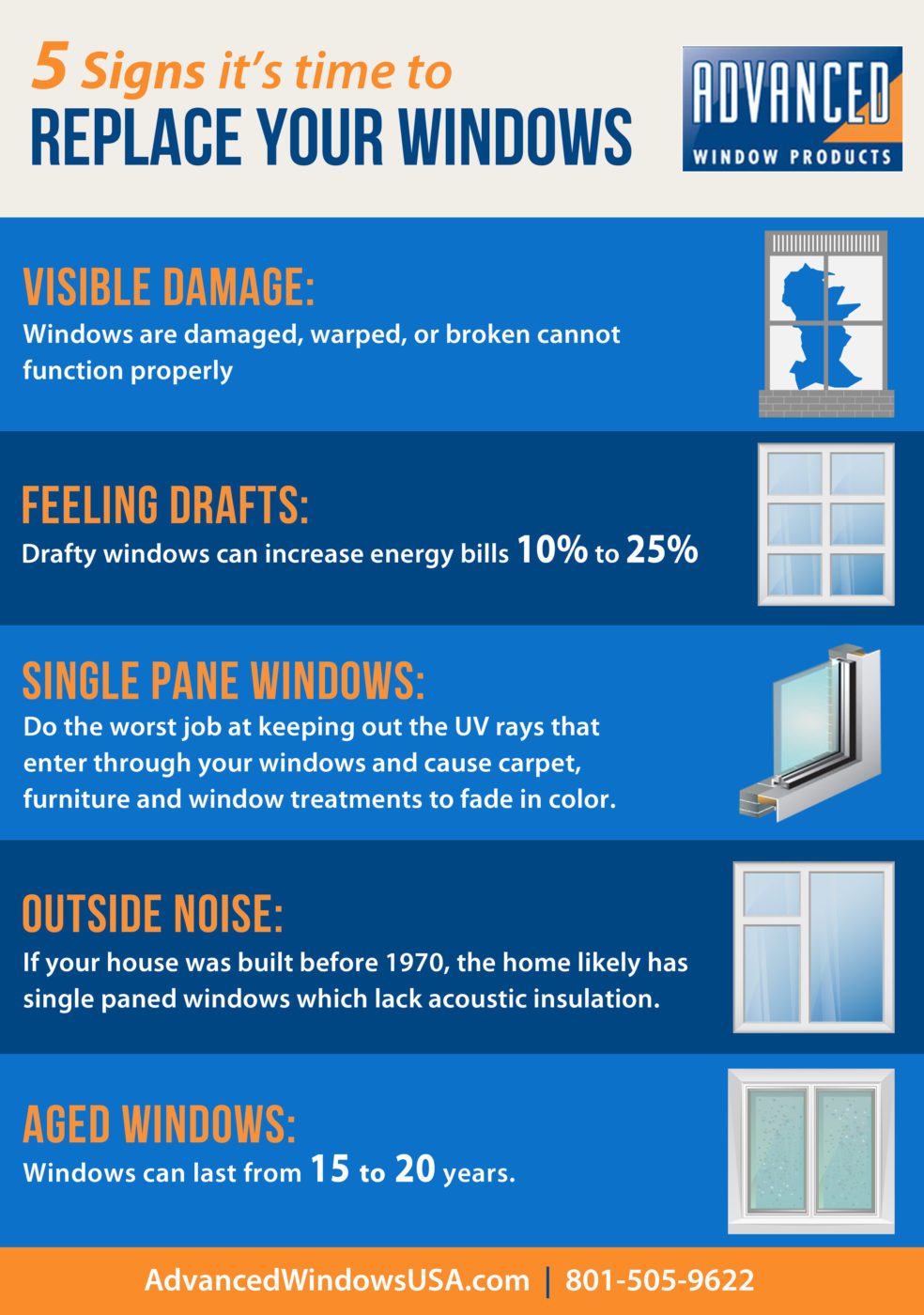The Best Stress Cleaning Techniques For Each Surface Area
The Best Stress Cleaning Techniques For Each Surface Area
Blog Article
Composed By-Wu Geertsen
When it pertains to press cleaning, the strategy you select can make all the difference in achieving a tidy, streak-free surface. You might discover that difficult surface areas, like concrete, call for a different technique than softer products, such as wood or plastic. It's important to adapt your techniques to the surface kind to avoid damages while optimizing cleansing efficiency. So, what are the best techniques for every surface area, and how can you ensure you're utilizing the appropriate setups and devices for the task? Let's explore what you require to recognize to get the very best results.
Difficult Surfaces
When it comes to pressure washing tough surface areas, prep work is key. Before you even think of taking out the pressure washer, put in the time to get rid of the area of any debris, furnishings, or obstacles. You don't want anything getting in your means or potentially damaging your tools.
Next off, check the surface for any type of splits or damages; this will aid you identify the right method and pressure setups.
When you have actually prepared the area, it's essential to select the ideal nozzle. For difficult surfaces like concrete or block, a narrow nozzle (15 or 25 degrees) works best to give a focused stream of water that can effectively get rid of grime and discolorations. Always begin at a distance and progressively relocate better to avoid any type of surface area damages.
As you start washing, keep the wand relocating to stop touches and over-saturation. It's also useful to work from the top down, permitting dust and particles to get rid of naturally.
Finally, keep in mind to wash the surface area thoroughly after cleaning to remove any type of leftover cleaning agent. With these techniques, you'll accomplish a tidy and renewed look on all your tough surfaces.
Soft Surfaces
Stress washing soft surface areas requires a gentler method to secure them from damage. Whether you're cleansing your deck, patio area furniture, or exterior siding, making use of excessive stress can bring about dents, scrapes, and even irreversible injury.
Start by selecting a low-pressure nozzle, preferably a 25-degree or bigger spray pattern, to distribute the water extra delicately.
Prior to you begin, it's essential to pre-treat any type of stains with a suitable cleaning remedy. This action permits the cleaner to penetrate the dust and gunk, making it simpler to wash away without scrubbing too hard.
Constantly apply the option from all-time low as much as protect against streaking.
When you start pressure washing, keep a distance of a minimum of 12 to 18 inches from the surface. Relocate your wand in a sweeping activity, keeping it alongside the surface area to avoid focused stress on one place.
Wash the location completely after cleaning up to remove any kind of recurring cleaner.
Finally, check the surface area for any kind of missed out on areas and duplicate the process if essential. By following Read the Full Piece of writing , you can effectively tidy soft surface areas while protecting their honesty and appearance.
Specialty Surfaces
Cleaning soft surfaces calls for care, but specialty surface areas require a lot more focus to detail. When you deal with these surfaces, like delicate wood, discolored concrete, or particular types of house siding, using the best pressure cleaning strategies is important to prevent damages.
First, analyze the material. For https://afterbuilderscleaningserv35678.blogsmine.com/33126766/simply-a-couple-of-mins-of-routine-rain-gutter-cleansing-can-avoid-costly-repairs-discover-the-concealed-benefits-that-might-safeguard-your-home , treated wood can often withstand modest stress, yet softer woods like cedar may require a lower setup. Always begin with the most affordable pressure and gradually enhance if required.
For stained concrete, make use of a fan spray nozzle and maintain a constant distance to prevent engraving the surface.
When handling surfaces like vinyl exterior siding or painted surface areas, a broad spray pattern helps disperse the pressure equally, safeguarding the finish.
It's additionally wise to utilize detergents especially designed for specialized surfaces. They can improve cleansing without endangering the material.
Wash thoroughly after washing to remove any kind of residue, as it can result in staining or wear and tear with time.
Verdict
In conclusion, understanding pressure washing strategies for different surfaces can make all the difference in your cleansing results. For difficult surface areas, adhere to narrow nozzles and a top-to-bottom method, while soft surfaces require a gentler touch with bigger nozzles. Don't fail to remember to pre-treat spots and rinse extensively to stay clear of residue. By adapting your approaches to every material, you'll not only accomplish a cleaner finish however also protect the honesty of your surfaces. Delighted cleaning!
